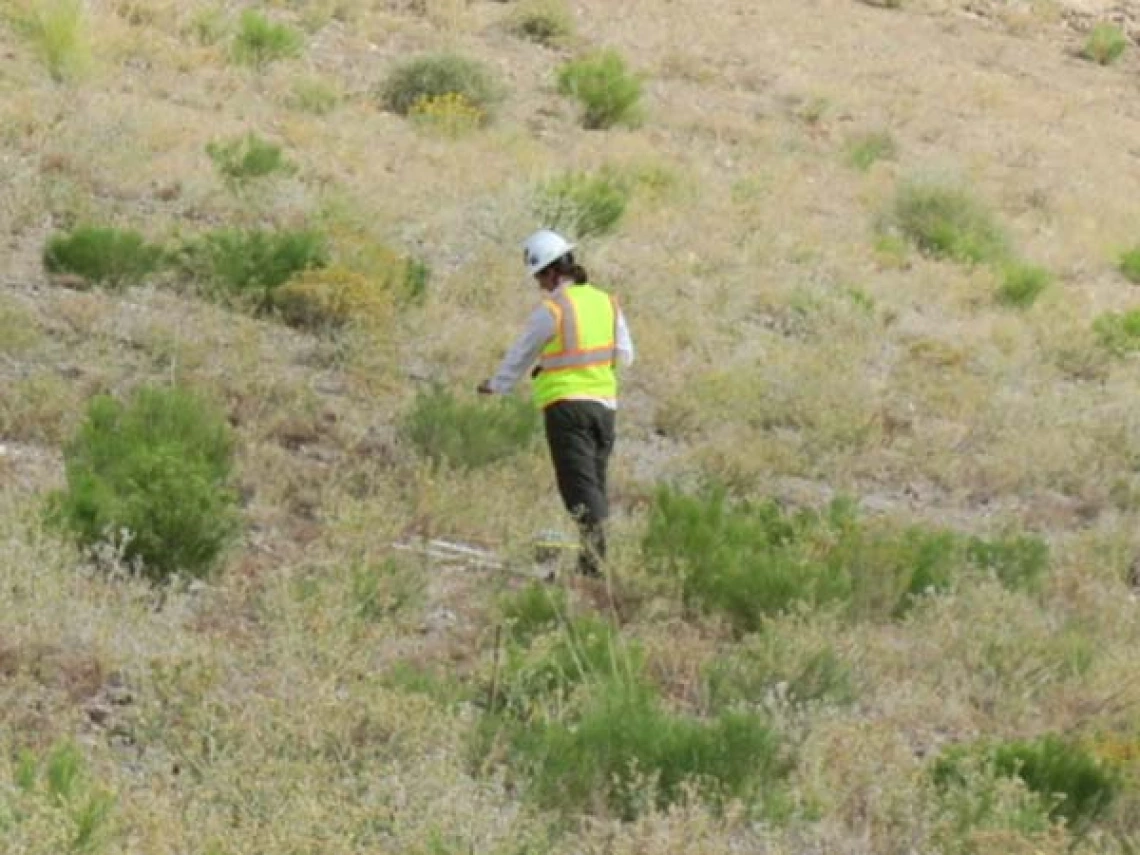Dr. Neilson and Dr. Babst-Kostecka Assess Carbon Absorption of Woody Biomass as a Mine Site Re-Vegetation Strategy

Dr. Julia Neilson and Dr. Alicja Babst-Kostecka from Project 5 are collaborating on a recently awarded Mineral Resources Research and Innovation Initiatives (Mineral Resources RII) Grant to assess the capacity for carbon absorption of woody biomass – such as trees and woody plants – on mine tailings and investigate the possibility of monetizing the climate benefits of mine site re-vegetation. Dr. Flurin Babst, from the School of Natural Resources and the Environment at the University of Arizona, is the PI of the project.
The strategic initiative funding will help develop an underexplored post-mining land use option: capturing carbon in long-lived woody biomass. Successful revegetation of mine waste with woody plant species will enhance the carbon-sequestration capacity of reclaimed mine lands and enable the mining industry to monetize the revegetation process on mine lands following mine closure. This strategy will provide an alternative ecosystem service as a post-mining land-use option for lands disturbed by mining operations.
Funding for this specific project will be used to develop an efficient workflow to assess and predict vegetation productivity and carbon sequestration on mine tailings based on a combination of field observations, remote sensing, and ecosystem modelling.
The field site for this work will be the UA San Xavier Mine in Sahuarita, Ariz., where tools will be developed for site productivity assessments (SPA). SPA must be informed locally based on species composition, climate sensitivity, mine waste biogeochemistry, and disturbance resilience of newly established tree and shrub species.
The research will provide preliminary data for a proposed project under consideration with BHP Copper. If approved by BHP, this new industry project will fund extensive evaluation of above- and belowground vegetation biomass at the BHP Solitude and Old Dominion Legacy tailings sites. Further, the research will help to show major mining companies are in a position to support the generation of quantitative observational databases as well as the development of ecosystem modeling tools needed to assess and predict the carbon sequestration potential across vase areas of active and legacy mine sites.

